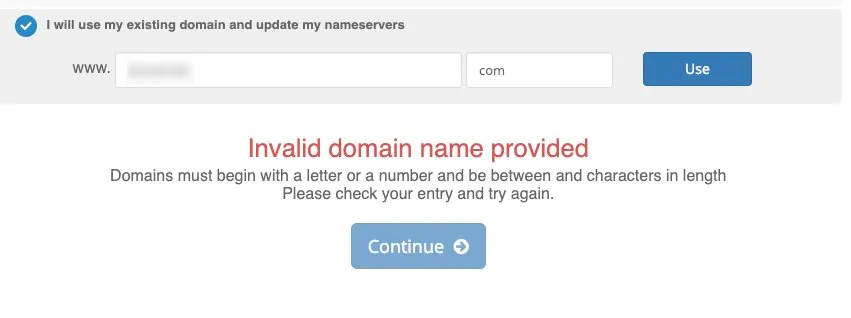
Domain Name Errors: The Case of www.twinstra negers.nets
In today’s internet-driven world, domain names are critical for accessing websites quickly and reliably. However, sometimes users encounter strange or confusing domain names that don’t lead anywhere. One such example is “www.twinstra negers.nets”, a phrase that has puzzled some internet users. Let’s explore why domain name errors like this happen and how to recognize them.
What Went Wrong?
There are a few clear issues with “www.twinstra negers.nets”:
-
Typographical Errors:
The domain structure is incorrect. The standard format for a web address iswww.[domain].[top-level domain](for example,www.example.com). In “www.twinstra negers.nets,” there are spaces inside the domain name, which is not allowed under internet domain name rules. -
Misuse of Top-Level Domain (TLD):
“.nets” is not a standard top-level domain. The correct domain would use “.net” without an “s.” Common TLDs include.com,.net,.org,.gov, and country-specific codes like.ukor.de. -
Possible Misinformation or Mistyping:
It’s possible that “twinstra negers” was either a typo, a misheard phrase, or misinformation. In some cases, names or terms get jumbled, resulting in nonsensical web addresses.
Why Domain Name Accuracy Matters
Domain names are precise. A minor mistake—an extra letter, a missing hyphen, or a wrong TLD—can lead to:
-
Error messages: Browsers cannot find the website.
-
Security risks: Cybercriminals sometimes create fake sites with slightly misspelled domain names (a tactic called “typosquatting”) to trick users.
-
Lost opportunities: Businesses can lose customers if users can’t correctly find their site.
Tips to Avoid Domain Errors
-
Double-check spelling: Always re-read domain names carefully before typing them.
-
Use bookmarks: Save trusted sites to avoid manual typing errors.
-
Be wary of strange or unknown domains: If a domain seems off, avoid clicking links blindly.
-
Use search engines: If you’re unsure about the domain, search for the business or topic instead of guessing the web address.
